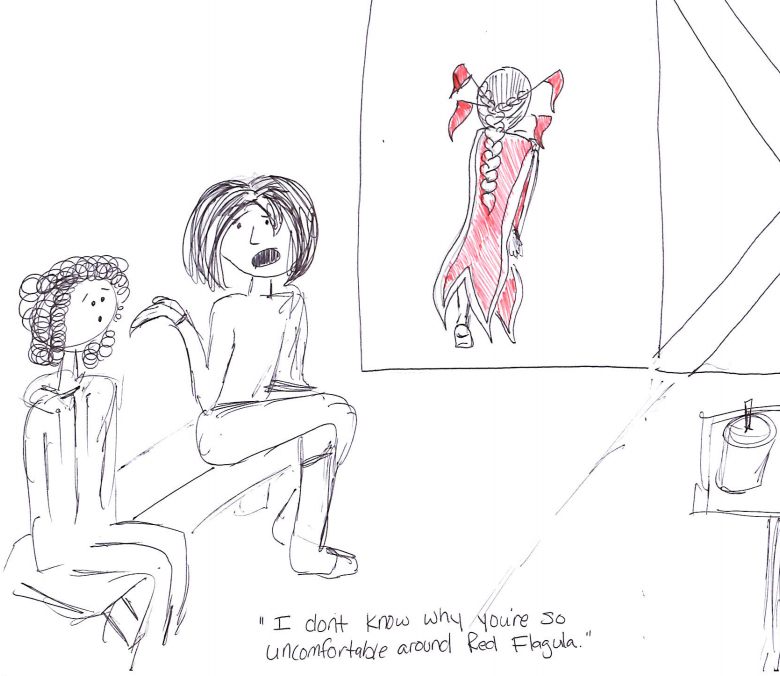Just about everyone has something they’re squeamish about, that thing so dreadful that merely uttering its name can take them from zero to full body horror instantly. Mine is eye trauma.
Ugh.
It started at a young age; my parents were very strict about just about everything except what I read, and I read a lot of books that were, in retrospect, possibly definitely a bit too mature for me at the grand old age of ten. Lots of Stephen King, which meant not just the tearing and rending of Cujo the rabid dog but also Steve Kemp and the adventures of his wandering dong. Not just a murderous clown-thing-It but also the supremely awful sewer doesn’t-seem-consensual-but-even-if-it-was-it-was-gross-as-hell group sex with eleven year olds. I dunno how a person can be simultaneously sensitized to something as well as desensitized to it; somehow I managed.
The scene that got me was short, a snippet of a book within a book, The Dark Half. Flavor text. People I’ve queried about the book who’ve read it don’t even remember the scene. I will never, ever forget it.



